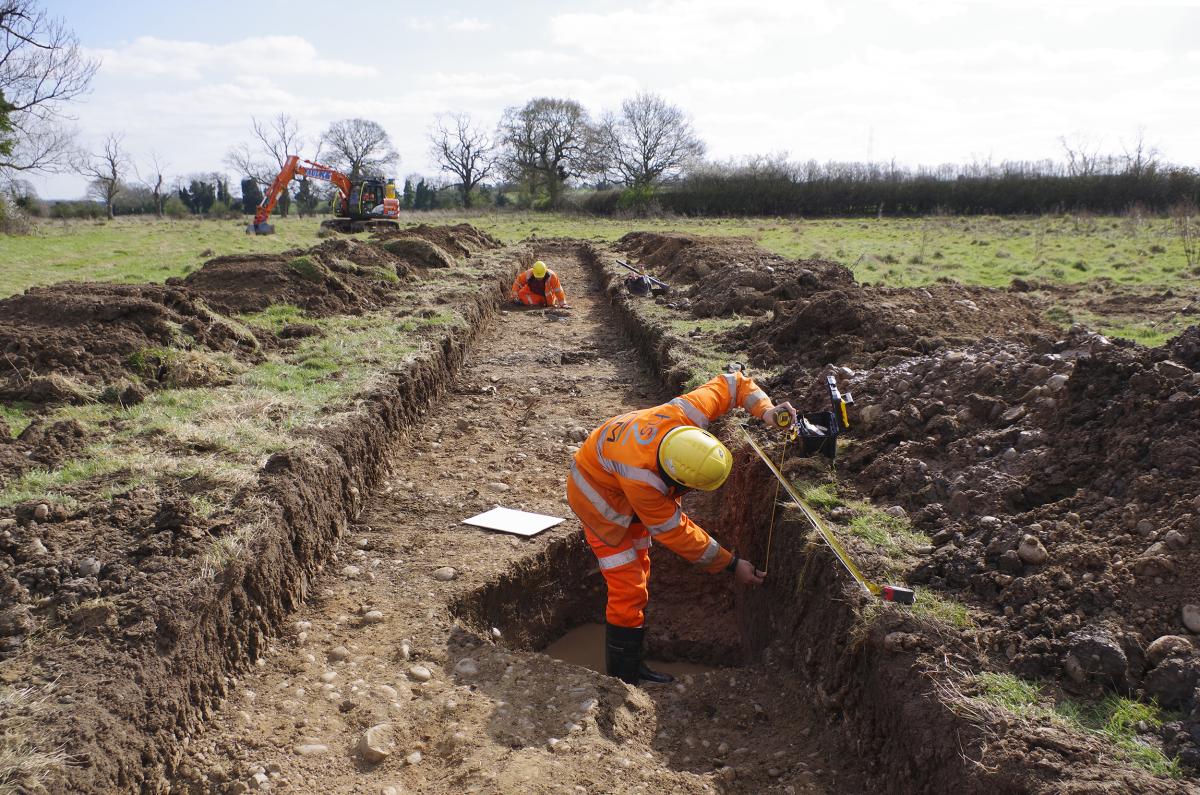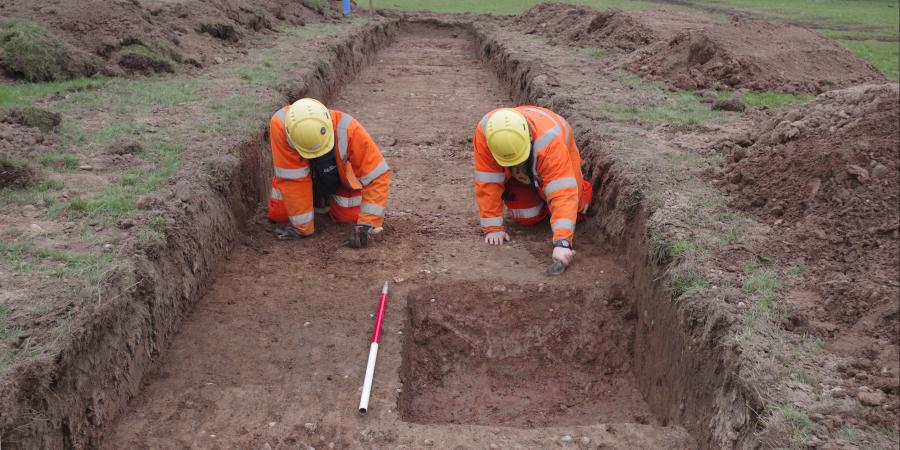Last month, two colleagues and I spent three days at safety school, at the IOSH Managing Safely Course (Institute of Occupational Safety and Health). My course companions included John Winfer, a Project Manager here at the Sheffield office; a Project Officer in charge of supervising large-scale HS2 sites, and an electrician who is responsible for overseeing electrical operations at a nuclear power station. Our trainer, Ray, had several years of experience working in the construction industry and at Sheffield City Council. He carries out independent risk assessments and inspections, advises companies and delivers training in how to safely manage a place of work.
According to HSE data, on average 144 workers are still being killed each year in the UK as a result of accidents at work. Further HSE statistics indicate that 30.7 million working days were lost due to work-related ill health and non-fatal workplace injuries in 2017/18. There is clearly a moral reason to manage safely – it is simply not acceptable for workers to suffer injury and ill health as a result of doing their job. We learnt there are also legal and financial reasons to manage safely and were taught how to understand our own responsibilities as managers and senior supervisors and what the law requires us to do.

Staying alive whilst six feet under…
For archaeologists working out on site, there are a vast number of hazards we could come across daily. This could be anything from deep holes, to working near mechanical excavators, or the risk of manual handling injuries from hand-tool excavation (to name just a few!). But of course, there are also a multitude of potential hazards to take into consideration for the many different office-based and lab-based jobs carried out at Wessex Archaeology. We spent a day discussing many different types of hazards and learning what to do about them. We were taught how to carry out risk assessments, which incorporated a number of different themes including how to implement safe systems of work.
Site safety; a matter of trowel and error…
On the second day we learnt why it is important to investigate incidents, what to do when things go wrong, and how to learn from them. We watched video case studies, including the true story of a worker who was severely disabled at work and who was supported by his employer and rehabilitated back to work. We learnt about criminal law and civil law, including the different regulations and legislation, how to comply with the law, and what aids are available to guide organisations.
On day three we learnt how companies can measure their performance through constant monitoring, feedback and internal or external auditing. Finally we sat an exam, consisting of 30 multiple choice questions. My Wessex Archaeology colleague John Winfer was the overall winner with a grand total of 59 out of 60 marks… a reassurance for anyone working on his sites!
Overall the course was very informative and helpful and was delivered in an engaging way, with videos, case studies, mock tests, discussions and a constant supply of biscuits. It is clear that demonstrating that an organisation cares about the health and safety of its staff will lead to a happier and more productive workforce.
By Catherine Douglas
